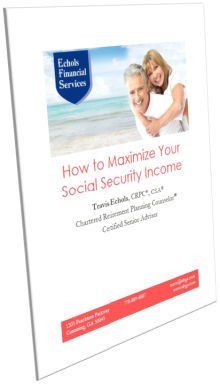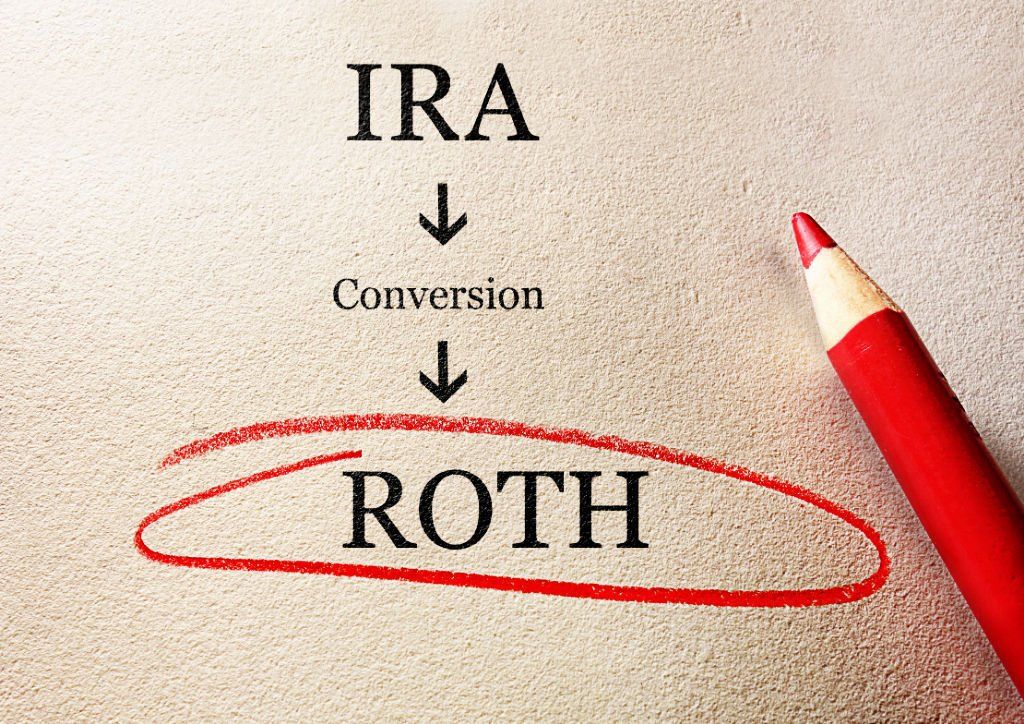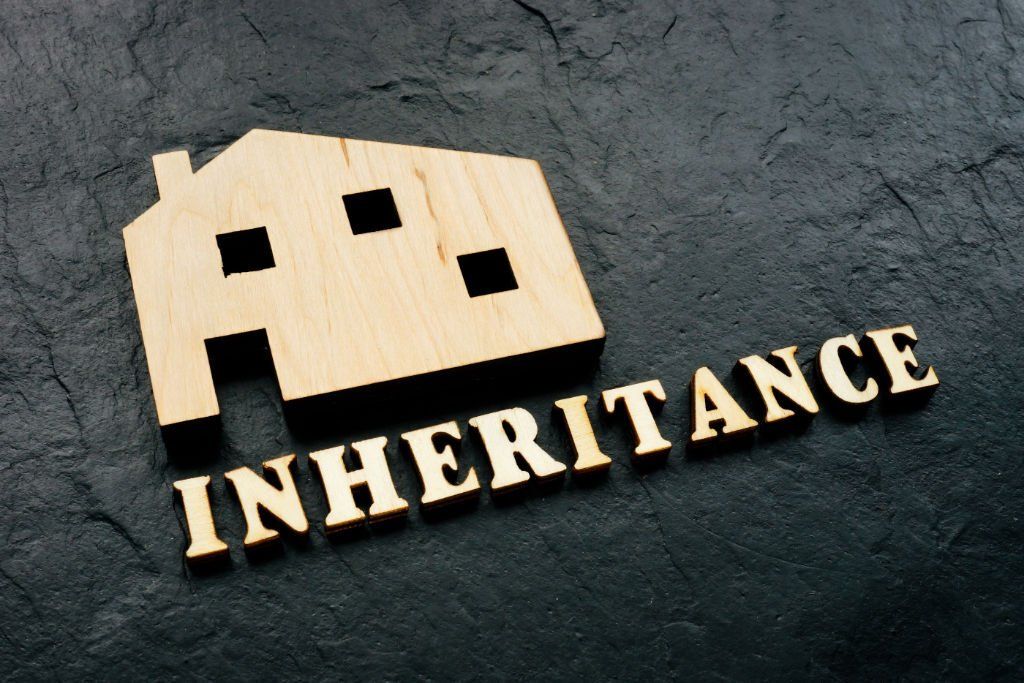How to Maximize Your Future Social Security Payments

Social Security (SS) continues to be the largest source of income for retired Americans. Over 60% of Americans depend on SS to cover 50% or more of their retirement expenses. And this is not likely to change as baby boomers begin to retire.
So it is important for those approaching retirement to know their options in order to maximize their Social Security income.
1. Understand how your Social Security benefit is calculated.
First of all, to be eligible for SS retirement benefits, a worker born after 1928 must have accumulated at least 40 quarters of work in "covered employment". SS retirement income eligibility is based on your work record, not on your needs. From a planning perspective, a person may decide to work longer before retiring if they are just short of the credits necessary to be insured by Social Security.
Secondly, understanding how your SS benefit is calculated could make a difference in how long you want to work. Your monthly benefit will be based on your lifetime average earnings (adjusted for inflation each year as measured by the U.S. Consumer Price Index) which Social Security defines as the highest 35 years of earnings (adjusted for inflation). What if you only have 32 years of earnings? Then three years will be entered as "zeros," which will reduce your benefit for as long as you draw SS in retirement. In this case, it may be worth considering working an additional three years, especially if these years will be high-income years.
Also remember that SS makes provision for spouses. A spouse at full retirement age, if born on or before 1/1/1954, can choose to either take benefits based on their own earnings record or take a "spousal benefit" which is 50% of their spouse's primary insurance amount (PIA), whichever is higher. A spouse born after 1/1/1954, may add spousal benefits to their own retirement benefits if their own full retirement benefits are less than ½ of the other spouse’s full retirement benefit.
To see your
estimated benefits, you can open a SS account online at www.ssa.gov/myaccount .
Otherwise the SS administration mails statements every five years until
age 60, and every year after that.
2. Consider taking Social Security benefits later .
For those who cannot work and have little savings, there may be no choice but to take early SS at age 62. But people who have other resources may want to delay filing for SS benefits to receive higher benefits later.
Taking SS benefits before Full Retirement Age (FRA) [also called Normal Retirement Age (NRA)] permanently reduces payments 5/9ths of 1% per month up to 36 months plus 5/12% per month for months 37 through 60 (that's a 20% reduction for filing 3 years early, a 25% reduction for filing 4 years early , and a 30% reduction for filing 5 years early). Also postponing SS past FRA permanently increases retirement benefits 2/3 x every month delayed up to age 70. That's an 8% increase for every year delayed, which is hard to beat in this low interest environment. Note: For a person taking a spousal benefit (based on their spouse's PIA), or a survivor benefit (based on their deceased spouse’s PIA), there is no reason to wait until after your FRA, since the payments do not increase after your FRA.
Your FRA depends on your birth year.

Note: For those born 1960 or later, the maximum amount of benefits is 124%.
Vanguard depicts the breakeven point under different scenarios below and the mortality probabilities.

Also, if you claim SS early, there is a reduction in benefits if you have wages above a certain amount. Before FRA, you will lose $1 in Social Security benefits for every $2 earned above the earnings cap of $17,040 (in 2018). For earnings in the year of FRA but prior to reaching FRA, you will lose $1 for every $3 earned above the earnings cap of $45,360 (in 2018). Be aware of this if you're thinking about filing for early SS retirement benefits while working. The good news is the amount reduced is not permanently forfeited. The amount reduced is figured as delayed credits that make future payments higher. http://bit.ly/21bSyP4
Economists John B. Shoven and Sita Nataraj Slavov studied which type of people would benefit the most from delayed filing. They conclude, “The gains from delaying are greater at lower interest rates, for married couples relative to singles, for single women relative to single men, and for two-earner couples relative to one-earner couples.”
3. Plan to manage taxes on Social Security .
Yes, SS retirement benefits are subject to federal income tax if your provisional income is above certain thresholds ($25,000 for singles and heads of households and $32,000 for joint filers).
If your
provisional income exceeds the thresholds below, a percentage of your Social
Security benefit will be taxed. For example, if a married couples' provisional
income is between $32,000 and $44,000, they will be taxed on 50% of their
Social Security benefit. If their provisional income is above $44,000, they
will be taxed on 85% of their Social Security benefit.
Note: Provisional income = Adjusted gross income (excluding Social Security) + nontaxable interest (like municipal bond interest) + ½ of Social Security benefits. Unfortunately, these thresholds are not indexed upward each year for inflation--and will not likely be indexed in the future.
Staggering your IRA withdrawals and using tax free assets are ways to minimize this tax burden. For younger savers, the lesson is to build assets in Roth IRAs and taxable accounts, as well as tax deferred accounts. This will give you greater tax control in retirement. See my article, How to Maximize the Roth IRA to Your Tax Advantage .
SS Delay with Roth Conversion is another strategy for certain retirees to consider--those who have accumulated most of their assets in pre-tax retirement accounts, and have significant savings outside these accounts. After retiring from work, instead of immediately taking Social Security and drawing down retirement account assets, spend from your taxable assets for a year or two or three. During these low-income years, convert big pieces of your pre-tax IRA assets to tax-free Roth assets. This can increase your future, guaranteed, life-time Social Security income (by delaying benefits) while increasing your future tax-free income from Roth IRAs. The goal is to get your provisional income below the tax threshold so you can receive your higher Social Security payments tax-free (or at least at a reduced tax rate). This strategy “fills up” lower tax brackets early in retirement for the benefit of avoiding higher tax brackets later in retirement. For more on this strategy, see my article How to Dodge the Social Security Tax Torpedo .
4. Discover which Social Security claiming strategy is best for you .
Filing and suspending for triggering a spousal benefit was a claiming strategy (for those who knew about it) that greatly increased many couples' retirement income. Unfortunately, the Bipartisan Budget Act of 2015 disallowed this strategy after May 1, 2016, so it is no longer available for future workers. Those already using this strategy were grandfathered in and thus may continue to benefit from it for the rest of their lives.
Restricted application is another powerful strategy for increasing SS income. This strategy is being phased out. At FRA, you can consider using the restricted application strategy if you were age 62 on or before January 1, 2016. This strategy involves the higher-earning spouse waiting until full retirement age at which point they file for a spousal benefit, based on the lower-earning spouse's record. This allows the higher earner's SS benefit to increase at 8% per year until age 70, at which point the higher earner switches to their own benefit. At that point, the lower earning spouse could add spousal benefits to their benefits, if their benefits are less than ½ of the other spouse’s full retirement benefit. If the higher earner dies first, the lower earner can switch to the survivor benefit which is 100% of the higher earner's benefit, providing the survivor is full retirement age or older, and the deceased filed at full retirement age or later.
For example, John's PIA benefit is $2,600 and Karen's is $1,200. Karen claims early at age 62 rather than full retirement age, reducing her benefit 25% to $900. At John's full retirement age of 66, he files for his spousal benefit, allowing him to receive 50% of Karen's full PIA benefit, which is $600 (50% of $1,200). At age 70, John then switches to his own benefit, which has grown 8% per year for four years to $3,432 (2600 x 1.32). And Karen adds her spousal benefit of $100 ([50% of $2,600] – $1,200) resulting in a total benefit to Karen of $1,300. If John dies first, Karen can, if she is full retirement age or later, then switch to a survivor benefit, which is 100% of John's $3,432 monthly benefit. If Karen is under full retirement age, the widow’s benefit will be reduced for taking it early.
What if you have already started receiving Social Security retirement benefits and realize that this may not have been your best option? Fortunately, if you started receiving benefits recently, you can withdraw your application. You have twelve months from the date you filed your initial claim to pay it all back and restart the clock as though you hadn’t filed. You can only do this once. You can then refile for increased benefits in the future. You can withdraw your application and do a payback regardless of your age, assuming you are within the 12-month window. You can withdraw even if you started before full retirement age.
If you are over full retirement age but not yet 70, you can still suspend your Social Security benefits to receive higher payments for each month you don’t collect benefits up to age 70. (However, you must be receiving your own retirement benefit for other benefits to be paid from your earnings record.) You would then refile in the future and start receiving a higher benefit. People while under full retirement age do not have the option of suspending to receive delayed credits until they are full retirement age. The only way to turn down the Social Security income spigot to receive a higher future payment before FRA is to earn enough income (see earnings test above). At FRA, you can then suspend.
Which claiming strategy is best for an individual or couple depends on several factors such as age, SS work record of both spouses (if married), life goals, divorce details, widow/widower details, health, life expectancy, other sources of income, taxes, and estate planning considerations. Some questions to ask are:
- Do you need SS income earlier in retirement for expenses?
- Should both spouses claim their benefits in the same year or stagger them?
- Are you still working? What is your work income?
- Which spouse has the highest earnings record?
- Should either spouse take the 50% spousal benefit?
- How will your choice affect the 100% survivor benefit that will be paid to the surviving spouse?
- What are your life expectancies, as best you can estimate?
- Do you expect other sources of income later, such as an inheritance?
- How will your SS income affect your taxes and vice versa?
- How will the surviving spouse fare if one spouse dies early?
- What will happen if both of you or one of you live much longer than expected?
- What are your goals for leaving assets to your heirs or a charity?
5. Expect future changes to Social Security .
With all this said, we all know the Social Security program is not financially healthy. By 2032 payroll taxes will only be enough to fund 79% of the scheduled benefits. This is two years earlier than the previous forecast of the year 2034.
Many proposals have been made, some of which would favor taking SS benefits early and others for delaying. One solution that has been suggested is simply raising the wage base above the current $128,400 (in 2018), so higher income workers would pay more toward Social Security. This would not be a welcome change for workers earning above $128,400/year, but it could prevent the benefits for older workers, and those already receiving benefits, from being reduced.
Congress will have to make some changes eventually. The program will not go away, but will likely be changed more for younger and wealthier workers than for those already retired or approaching retirement. As with investing your assets, it is also a good idea to diversify your income sources in retirement and not depend too much on SS. It was always intended to be a supplement, not retirees' primary source of income.
6. Make Social Security decisions in the context of your overall retirement income plan .
Many people think the date of retirement is the date for receiving Social Security payments. And for many workers, that will be the case. But this simplistic view can hinder you from looking at all your options. In retirement planning, view retirement as the post-work period of your life (even if you have some smaller part-time work after retiring). When to claim for Social Security is a different question altogether and may or may not need to begin at the same time as your retirement. This opens more options for you such as filing for spousal benefits while your benefits grow if you were born before 1/1/1954, delaying benefits to get a higher lifetime payment, suspending to get delayed benefits if you don’t need the money now, etc.
For many retirees, SS may be the best and only way of receiving an inflation-adjusted, guaranteed-for-life income that is not susceptible to longevity risk and investment risk. If SS benefits can me increased to the point where they cover fixed financial needs such as housing, food, medicine, clothes, etc., then this allows other assets to be invested so they can grow for covering flexible expenses such as vacations, gifts, or travel.
A client recently remarked to me how they had always thought the Social Security decision was a simple decision. Then they felt overwhelmed after reading and learning about the complexities of it. But in the context of their overall financial plan, and by evaluating several claiming options using their specific numbers, the confusion cleared. They confidently chose a strategy that was not the maximum lifetime option, but a strategy that prevented them from leaving over $180,000 on the table over a long lifetime. They acknowledged that they would have chosen an inferior option and perhaps never known better had they not looked at it more carefully.
There are many situations that were not explored in this guide. But I wanted to give you a better understanding of the complex nature of the Social Security rules and some insights to guide you in the right direction.
This is an important, once-in-a-lifetime decision that can make a huge difference in your financial well-being. Whatever you do, don’t rely on advice from the understaffed Social Security office. The horror stories are innumerable. I would strongly urge you to talk with an adviser who specializes in retirement income planning.

Travis Echols , CRPC®, CSA
Receive free Social Security Guide by email




Investment Advisory Services offered through JT Stratford, LLC. JT Stratford, LLC and Echols Financial Services, LLC are separate entities.











